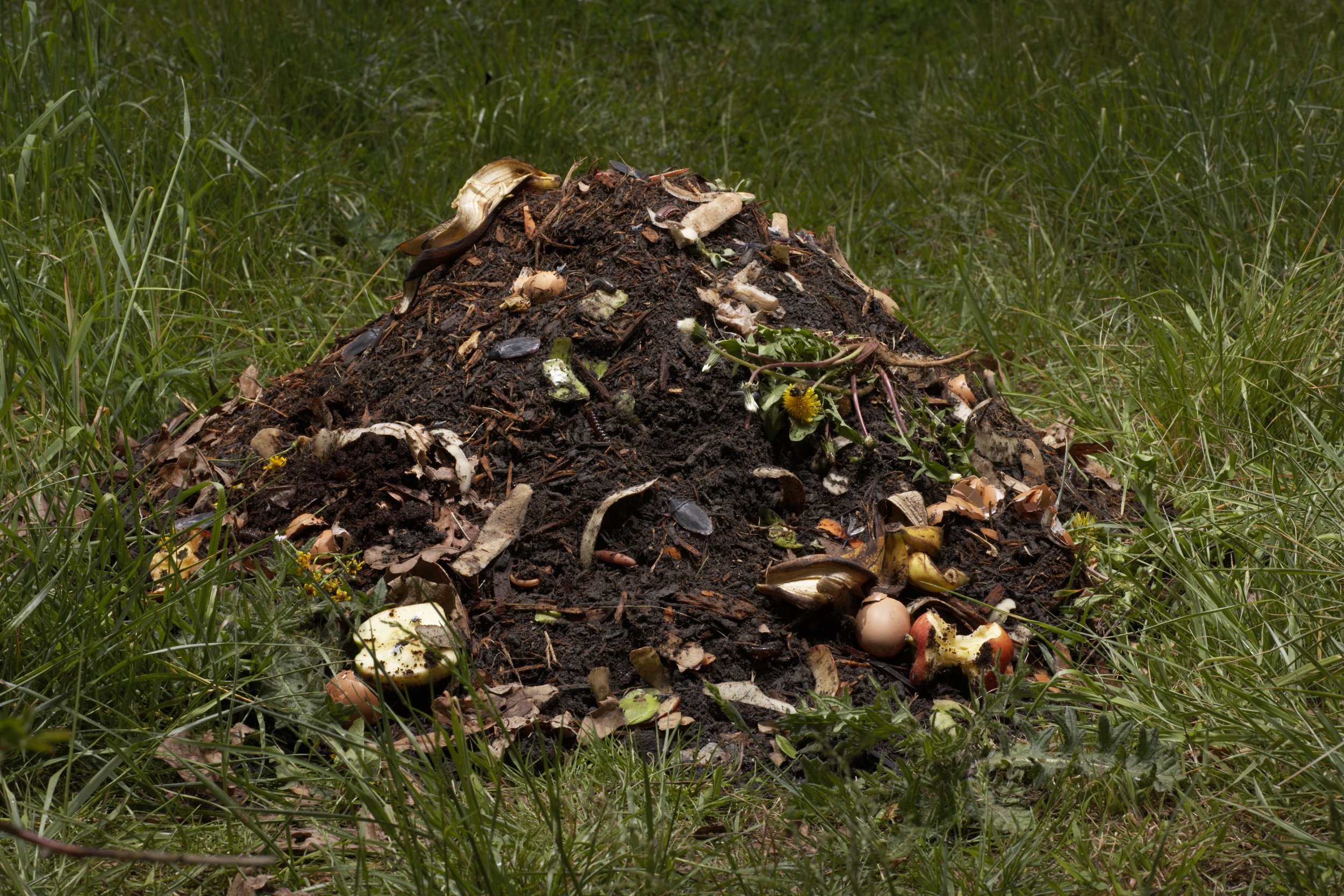Composting - A Realistic Way to Make a Difference
In our previous article about food waste, we have talked about how food waste continues to intensify resource scarcity problems, its negative environmental impact and several ways to manage it to help create a more sustainable food system.1 The conversation around sustainability has led to many questions. Trying to determine how as an individual, it is possible to make a difference can feel overwhelming. People are looking to make informed choices about the food they eat beyond taste and nutrition. One area where each individual can contribute to reducing their own carbon footprint is with reducing food waste. We cannot deny the fact that Americans have been contributing greatly to global food waste problems. It is estimated that 40 percent of food is wasted by Americans every year1 It is a major global problem. Luckily, there are alternatives that we can do to help alleviate the increasing food waste problem. One of those is composting.
Composting of food increased from 5% in 2013 to 6.3 % in 2017?2 Composting has been perceived as an important element of sustainable waste management as it offers a way of processing biodegradable waste.3 Composting is an ancient practice of the biological conversion of organic waste to a humus-like substance called compost which is decayed organic materials (often uneaten food), dry leaves, and twigs.4 These break down naturally to a nutrient-rich fertilizer which can enhance physical, chemical and biological properties of a soil.4 Let’s look at the benefits to see if it’s worth the effort. Here are a few of the benefits of composting according to the Environmental Protection Agency (EPA).5 Composting enriches the soil by retaining moisture and suppressing plant diseases and pests.5
It can reduce the need to use chemical fertilizers.5
Composting encourages production of beneficial bacteria and fungi. These bacteria and fungi help the breakdown of organic matter to create a humus, rich nutrient-filled material.5
Composting reduces methane emissions from landfills and lowers your carbon footprint.5
With these benefits, many people have started the shift to composting to feed their backyard gardens So, how do you get started?
There are two ways you can start composting:
Backyard Composting
If you have enough outdoor space, you can try backyard composting. It does not necessarily require a large space. Just find a place you are comfortable enough to work on, it could be your balcony or maybe a small portion of your backyard or lawn. To begin:
Choose a dry, shady spot that is near a water source to pile your compost.
Start adding brown and green material. Make sure that all larger pieces are chopped or shredded. When composting remember that not all organic materials can be composted. Here is a list of what you can use as a compost:5
Fruits and vegetables
Eggshells
Coffee grounds and filters
Tea bags
Nut shells
Shredded newspaper
Cardboard
Paper
Yard trimmings
Grass clippings
Houseplants
Hay and straw
Leaves
Sawdust
Wood chips
Cotton and Wool Rags
Dryer and vacuum cleaner lint
Hair and fur
Fireplace ashes
Dampen your dry materials as you add them.
Once you have finished piling your compost, start mixing grass and green waste into the pile. Make sure to bury fruit and vegetable waste under 10 inches of compost material.
Once you are done, you may cover the top of your compost pile with a tarp to keep it moist. Your compost usually takes 2 months to 2 years to be ready. To know if your compost is ready the material at the bottom must be dark and rich in color.
Indoor Composting
If you do not have any outdoor space to compost pile, you can use a special type of bin (larger ones can also be kept outdoors). You can buy this at your local hardware, gardening supplies store or make a DIY.
Remember to check your pile and keep track of what you throw in. When your compost is properly managed, it will not attract pests and rodents. It will also not smell bad. Usually, your compost will be ready to use in 2-5 weeks.
Improving the quality of your gardening through compost is a great idea to combat the increasing food waste problems. So, are you ready to stop sending food scraps to landfills and start your own compost?
https://www.freepik.com/free-photo/overhead-view-woman-s-hand-holding-soil-heart-shape_4725428.htm#page=1&query=compost&position=0
Gunders, Dana. “Wasted: How America is Losing Up to 40 Percent of Its Food from Farm to Fork to Landfill.” Natural Resources Defense Council, 2017. Retrieved March 7, 2019, from https://www.nrdc.org/sites/default/files/wasted-2017-report.pdf
Reducing the Impact of Wasted Food by Feeding the Soil and Composting. 2017. Environmental Protection Agency. Retrieved from: https://www.epa.gov/sustainable-management-food/reducing-impact-wasted-food-feeding-soil-and-composting last September 10, 2020.
Ishola T.M., Ishola E.T. (2019) Composting and Sustainable Development. In: Leal Filho W. (eds) Encyclopedia of Sustainability in Higher Education. Springer, Cham. https://doi.org/10.1007/978-3-319-63951-2_122-1
Pan, I., Dam, B., & Sen, S. K. (2012). Composting of common organic wastes using microbial inoculants. 3 Biotech, 2(2), 127–134. https://doi.org/10.1007/s13205-011-0033-5
Composting at Home. January 2017. Environmental Protection Agency. Retrieved from: https://www.epa.gov/recycle/composting-home last August 15, 2020.

